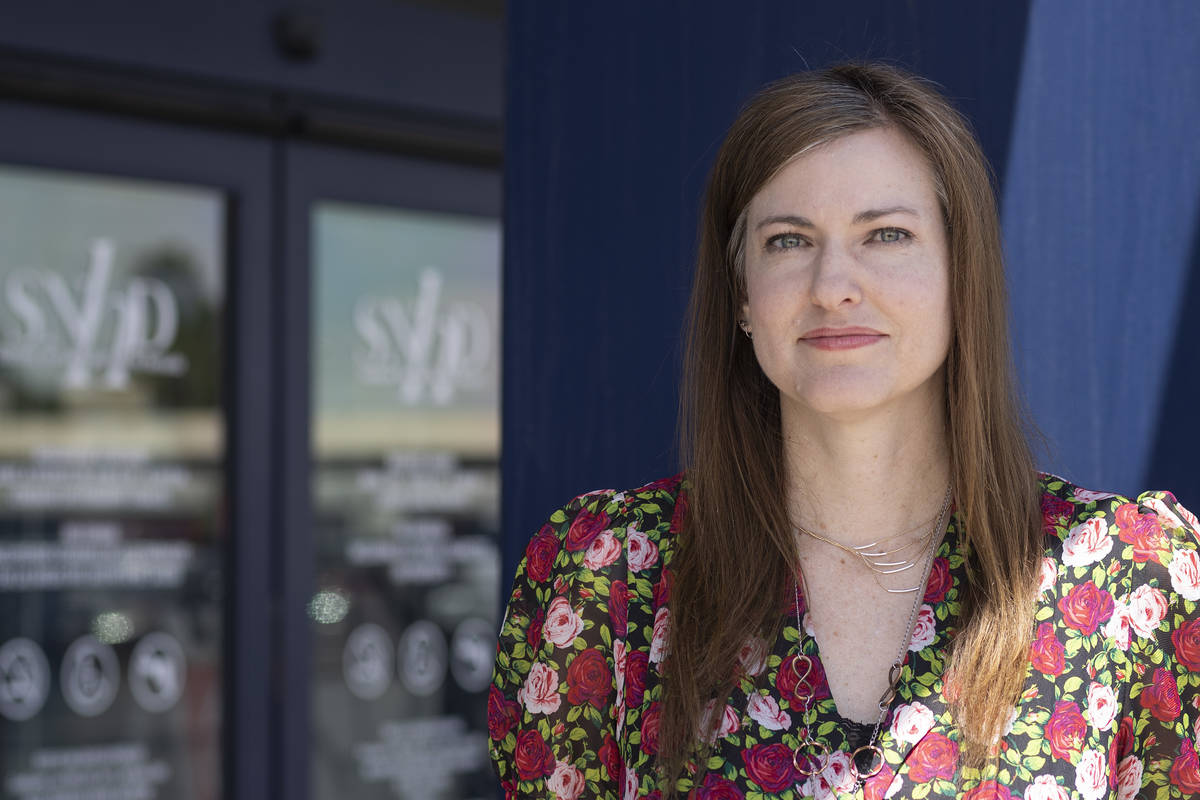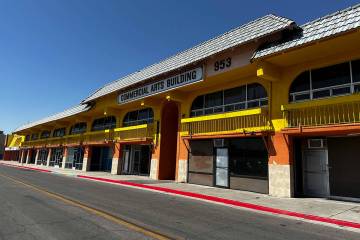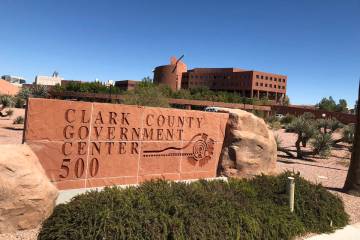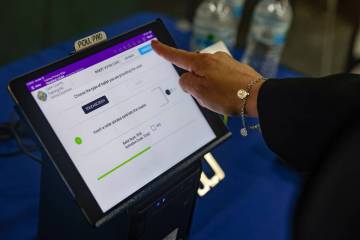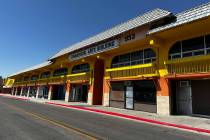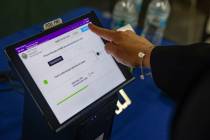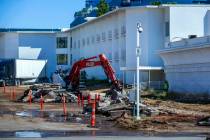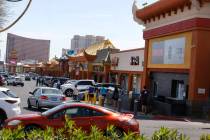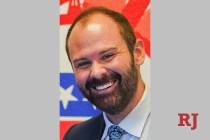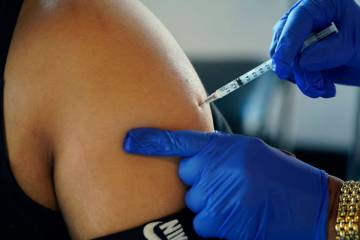How Clark County COVID-19 contact sleuths trace, notify those at risk
The Southern Nevada Health District has tapped swimming pool and restaurant inspectors along with investigators of sexually transmitted diseases to help with the enormous job of notifying close contacts of people who test positive for COVID-19 that they may have been infected by the coronavirus.
“They’ve kind of been conscripted to help us with this massive workload because we don’t have enough disease investigators to do this,” Devin Raman, senior disease investigator for the district, said this week. But the district still needs more contact tracers.
Mass testing is widely viewed as critical to reopening the country safely after shutdowns because of COVID-19. But such testing is virtually meaningless without contact tracing, which involves notifying close contacts of individuals infected by the new coronavirus so that they can self-quarantine and prevent further spread of the disease.
Contact tracing, with testing and quarantining, can break the cycle of disease transmission, but it’s a labor-intensive task. The National Association of County &City Health Officers has recommended that nearly 100,000 people across the country should be involved in tracing the contacts of COVID-19 cases, citing an urgent need to notify people within hours that they may have been exposed.
The organization recommends that 30 professionals per 100,000 population be devoted to tracing contacts of COVID-19 patients, a standard that states such as New York and New Jersey have said they intend to adopt.
For Clark County, the health district’s jurisdiction, meeting the standard would require assigning 600 more individuals to the current team of 60 devoted to the task, a group that includes reassigned district employees and a cadre of UNLV public health students.
“I think that number is not really based in reality,” Raman, who oversees the district’s contact tracing, said of the recommendation. “I don’t know any local health department that has the kind of number of tracers that that formula is saying that we should have.”
“I think that 75 to 100 would would be a good number, a realistic number for us to aspire to get,” she said.
Contact tracing involves identifying and reaching out to those who could be considered close contacts of someone who has tested positive, which includes people who were within 6 feet of an infected person for 10 minutes, beginning 48 hours before the onset of symptoms.
Close contacts are advised to self-quarantine for 14 days — thought to be the incubation period of the virus — from the time of exposure. They also are asked to take their temperatures and monitor for symptoms of the disease and, if symptoms develop, get tested.
Raman said that the team has handled some 5,000 cases in the county, notifying many thousands more people that they were possibly exposed to the virus. Its work has helped identify clusters of cases at nursing homes and at the Allegiant Stadium construction project.
Bringing on reinforcements
Contact tracing is most effective when potential contacts are quickly notified that they may have been exposed to the virus.
“Our golden rule for investigations is we want to reach out to someone within the same business day or the very next business day of when it was assigned,” Raman said.
But she acknowledged that when cases began to increase in Clark County in March and early April, the team could not keep up with the workload. Until mid-April, they had to prioritize the cases that needed to be addressed promptly, focusing on serious cases that had resulted in hospitalization or death. That created a backlog that the team would return to weeks later, less for purposes of disease intervention than to gather data.
The workload was lightened by the shutdown of many businesses and much of public life. People began to stay home more and to report fewer close contacts, Raman said.
Before the shutdown, Raman’s team would compile lists of more than 100 possible close contacts stemming from just one positive individual. “I just can’t even express how daunting receiving lists like that is,” she said. “It’s just, like, how do we even manage this?”
The contact sleuths also began to gain new recruits through the temporary reassignment of some health district employees who normally specialize in investigating sexually transmitted disease such as HIV and syphilis. With swimming pools and many restaurants shut down, the team also bolstered its ranks by tapping 20 inspectors.
They also partnered with UNLV’s School of Public Health, training seven graduate and undergraduate students to help with contact tracing.
One of the UNLV members is Jacklynn De Leon, a doctoral student studying epidemiology and biostatistics. De Leon serves as a one of two team leads for the UNLV students helping the district. She is paid for 20 hours of work per week through a university program but often works 40 hours. With her interest lying in outbreaks and pandemics, she relishes the “hands-on opportunity to work a real-world pandemic.”
“I would work for free — and I guess I am,” she said.
Temporary fixes
These reinforcements that at least doubled the size of the team are temporary. With restaurants reopening and at least some public pools expected to do so soon, borrowed staff eventually will need to return to their regular assignments. Backlogs of other types of disease cases will need to be addressed. And with the semester ending, some of the UNLV students will be taking a break.
The idea of using as many as 50 members of the Nevada National Guard to help the district with contact tracing has been discussed, but no plan has been finalized.
Raman said the work isn’t for everyone. She described the difficulty in “talking to family members, when their spouse or their mother, father, brother, sister is in the ICU and on a ventilator.”
“It really does take a lot of training and confidence and comfort level for people to be able to reach out to strangers and ask these, you know, serious and almost intimate type questions about medical histories and their movements and their contacts and that kind of thing,” she said.
A call center for Wynn Resorts has taken on the job of notifying people who tested negative for the virus through a district initiative. The district’s team continues to handle notifying people who tested positive.
In recent weeks, the district has begun using a mass notification system to text and email close contacts thought to be at lower risk of becoming ill. Higher-risk contacts still are notified personally by phone.
Going forward, there may be less of a human touch. Under development is a system that will text or email people to provide them with information about how to log into a system to obtain their test results.
Raman said the automation is likely essential.
“We will definitely need more resources as things start opening up,” she said. “We anticipate the cases will rise, along with more testing.”
Contact Mary Hynes at mhynes@reviewjournal.com or 702-383-0336. Follow @MaryHynes1 on Twitter.



